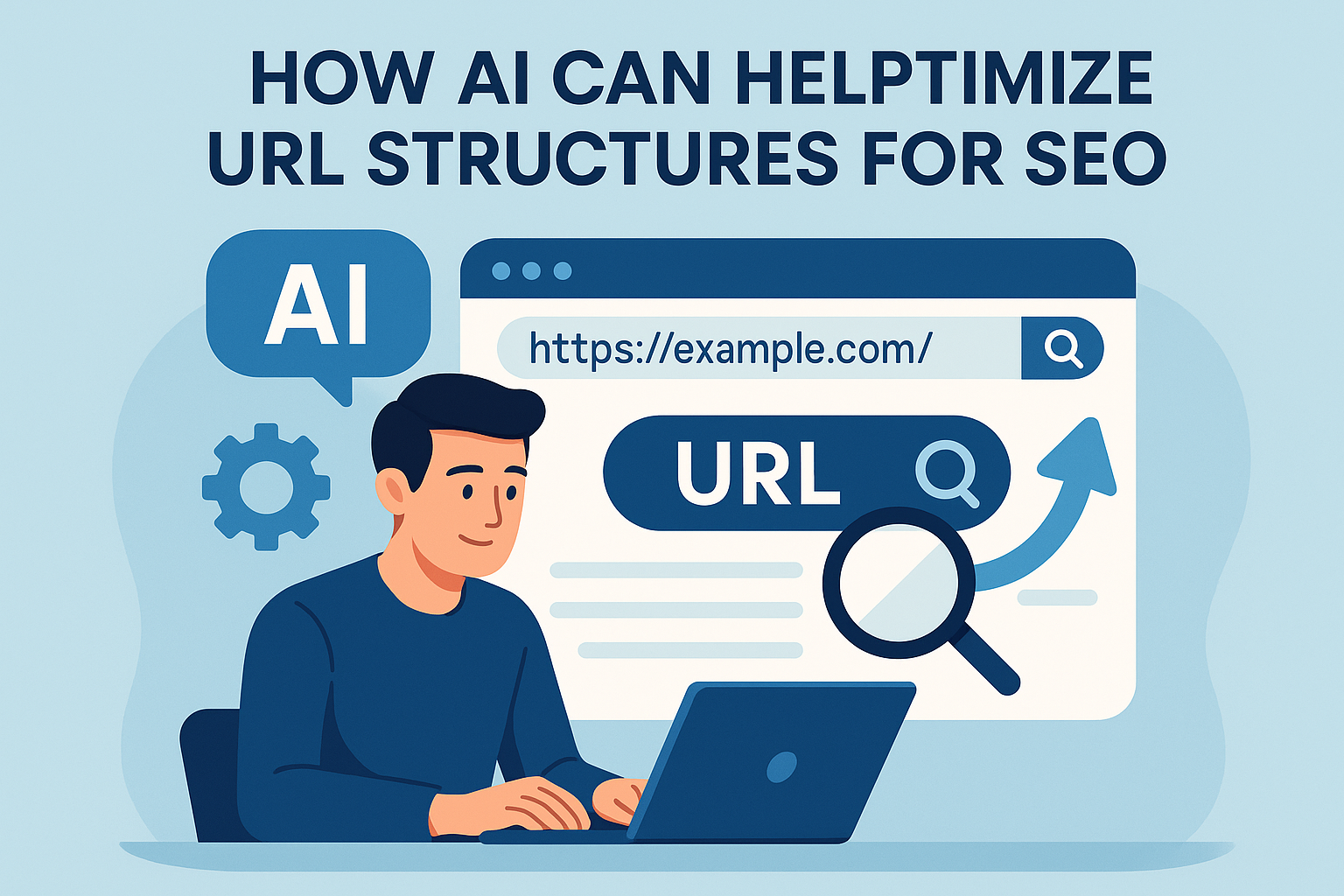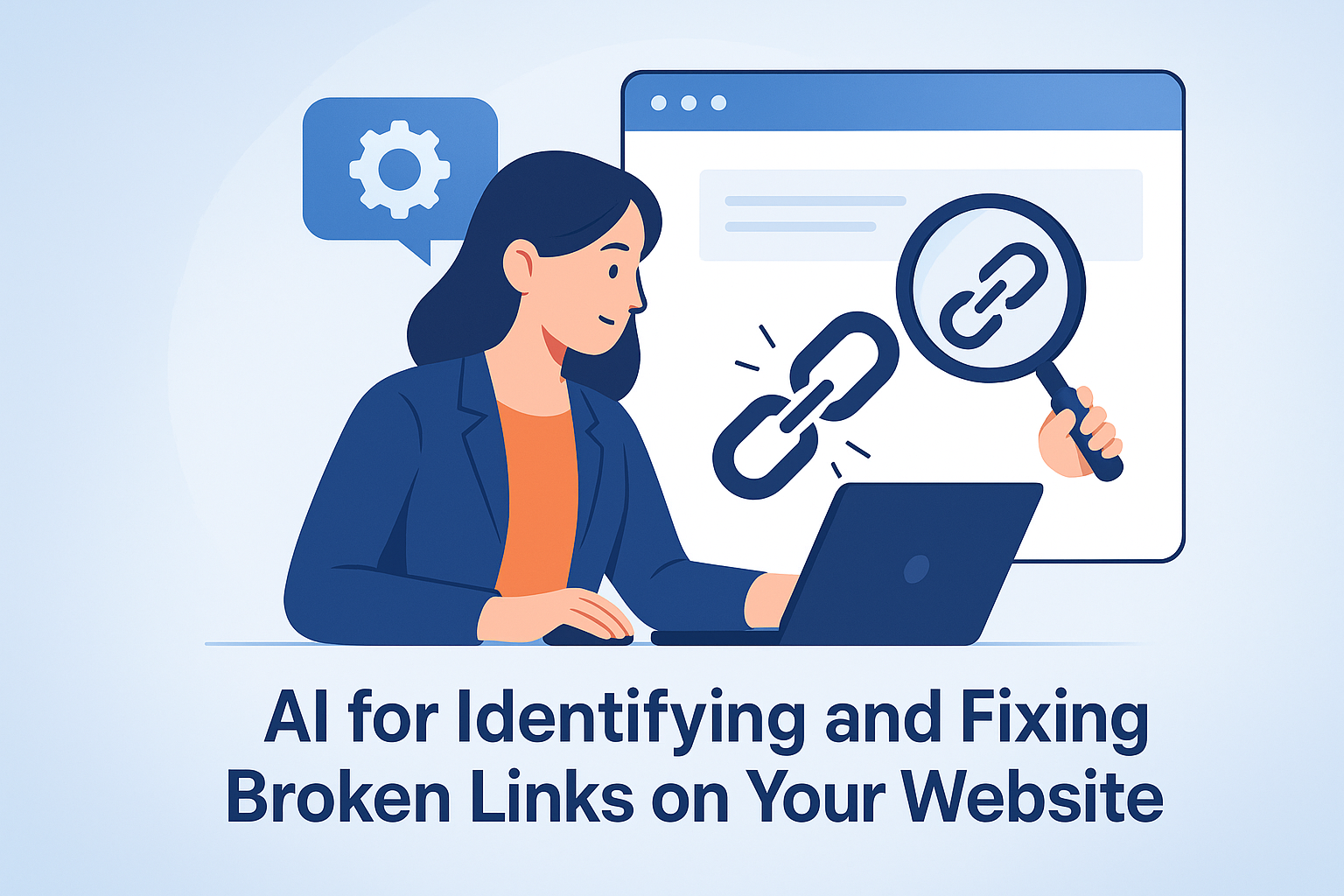SEO is more than just ranking. If your blog post doesn’t hook the reader, keep them engaged, and drive action, your rankings (and conversions) will suffer—even if you nailed the keyword.
That’s why blog readability and user engagement are essential for modern SEO.
Fortunately, you can now use AI-powered tools like DIYSEO GPT and the DIYSEO AI Writer to transform long, clunky, or confusing content into clean, scannable, and compelling posts—without rewriting from scratch.
In this guide, you’ll learn exactly how to use AI to optimize structure, simplify language, and enhance engagement. And once your content is optimized, the DIYSEO Link Marketplace can help amplify it for maximum visibility.
Why Readability and Engagement Matter for SEO
Google wants to serve content that’s not only relevant but also usable. If your blog post is difficult to read or boring to scroll through, users will bounce—sending signals that your content isn’t helpful.
Readability & Engagement Signals That Affect SEO:
| Signal | Impact |
|---|---|
| Time on page | Indicates how long users stay engaged with your content |
| Bounce rate | A high rate suggests users didn’t find what they needed |
| Scroll depth | Shows how far people read through your post |
| Click-throughs | Internal link interactions drive authority and conversions |
| Content clarity | Easier-to-read content ranks and shares better |
Step-by-Step: Using AI to Improve Blog Readability and Engagement
✅ Step 1: Run a Readability & Engagement Audit with DIYSEO GPT
Start by identifying weak points in your existing content with a Layout & Readability Analysis using DIYSEO GPT.
Prompt:
“Which blog posts have poor readability, low scroll depth, or high bounce rate? Provide layout and engagement improvement suggestions.”
DIYSEO GPT will scan and report:
- Paragraphs that are too long
- Missing subheadings
- Unused internal link opportunities
- Weak CTAs
- Underperforming sections based on user metrics
Now you know what to fix and where.
✅ Step 2: Rewrite Complex or Clunky Sections Using DIYSEO AI Writer
Once you know where users are dropping off, use the DIYSEO AI Writer to simplify, clarify, or restructure key sections.
Prompt Example:
“Rewrite this 200-word paragraph in a more readable format for beginner-level readers. Break it into short sentences and include a summary list.”
Before:
Our AI-driven content optimizer leverages machine learning models trained on billions of data points to identify structural weaknesses in SEO copy and provide semantic improvement suggestions.
After:
Our AI content optimizer does the heavy lifting for you. It scans your blog post, finds weak spots, and suggests improvements—like clearer language, better structure, and smarter keyword use.
Key Benefits:
- Makes your writing easier to read
- Helps improve SEO performance
- Saves hours of manual editing
This version is clearer, friendlier, and more engaging.
✅ Step 3: Add Headers, Lists, and Scannable Elements
Break your content into bite-sized pieces using:
- H2 and H3 headers
- Numbered or bulleted lists
- Block quotes
- Callout boxes
- Summary tables
Prompt:
“Add headers and bulleted lists to this section to improve scan-ability.”
AI can reformat your content into something that’s both user- and search-engine-friendly—without losing meaning.
✅ Step 4: Insert Visual Elements and CTAs at Engagement Hotspots
Use DIYSEO GPT to identify where to add visual or interactive components that increase dwell time.
Prompt:
“Where in this blog post should I add a call-to-action or visual summary to increase engagement?”
Then, use DIYSEO AI Writer to create:
- CTA buttons
- Mini-summaries
- ‘Key Takeaway’ sections
- FAQ blocks
- Encouragements to explore related content
Prompt:
“Write a CTA for the middle of this post encouraging readers to try DIYSEO GPT for free.”
Output:
💡 Ready to improve your content engagement? Try DIYSEO GPT today and see what’s holding your content back.
✅ Step 5: Improve Internal Linking to Keep Readers Engaged
Internal links improve both SEO and session duration. Use DIYSEO GPT to identify internal link opportunities.
Prompt:
“Which other blog posts should I link to from my article on AI content strategy, and what anchor text should I use?”
Then use DIYSEO AI Writer to insert those links naturally into the content—enhancing user flow and topic depth.
✅ Step 6: Recheck Readability Scores and Adjust for Clarity
Use the AI Writer to adjust tone, sentence structure, and complexity based on your target audience.
Prompt:
“Make this blog section easier to understand for non-technical readers. Target a 7th-grade reading level.”
This ensures your content is accessible to the broadest possible audience—especially important for B2C and educational content.
Bonus: Promote Optimized Blog Posts via DIYSEO Link Marketplace
Once your blog post is fully optimized for engagement, use the DIYSEO Link Marketplace to build authority and bring in targeted traffic.
Strategy:
- Promote your best-performing posts to niche blogs and content aggregators
- Use natural anchor text that reflects your improved UX focus:
- Easy-to-read SEO guides
- How to improve blog readability with AI
- Boost engagement with smarter content formatting
Backlinks help improve rankings—and increased visibility gives you more opportunities to engage readers.
Real-World Example: Turning a Wall of Text into a Top-Performing Blog
Problem: A post titled “How AI Helps with SEO” had 1,900 words of great information—but it was one long block of text. Time-on-page was under 45 seconds.
DIYSEO Fix:
- Used DIYSEO GPT to audit readability
- Found excessive paragraph length, lack of headers, and weak CTA
- Used DIYSEO AI Writer to:
- Break content into short sections with H2/H3s
- Add summary bullets and real-world examples
- Insert a CTA mid-post and at the end
- Promoted updated post using DIYSEO Link Marketplace
Results:
- Time-on-page increased to 2:12
- Bounce rate dropped by 33%
- Page ranked in top 3 for “AI SEO blog writing”
- Social shares and inbound links doubled over 30 days
DIYSEO Readability & Engagement Optimization Workflow
| Step | Tool | Task |
|---|---|---|
| Audit content flow | DIYSEO GPT | Identify readability issues and user behavior drop-offs |
| Rewrite for clarity | DIYSEO AI Writer | Simplify text and add structure |
| Format for scanning | DIYSEO AI Writer | Add headers, lists, FAQs, and callouts |
| Insert CTAs & links | DIYSEO AI Writer + GPT | Improve engagement with internal links and action prompts |
| Promote optimized content | DIYSEO Link Marketplace | Drive traffic to user-first blog content |
Final Thoughts
Great content doesn’t just rank—it engages, converts, and builds loyalty. With the right tools, you can improve readability and user experience across your blog—without rewriting every word manually.
With DIYSEO, you can:
- Audit engagement signals to identify weak spots
- Use AI to rewrite, restructure, and reformat content quickly
- Improve flow, clarity, and visual hierarchy
- Promote your enhanced content to drive long-term visibility and authority
Better blog content = better performance. Let AI help you create a blog that reads like it was written for humans—and ranks like it was optimized for search.
Frequently Asked Questions
1. How can AI assist in improving blog post readability?
AI plays a significant role in enhancing blog post readability through various ways. Firstly, AI-powered tools can analyze text to gauge its readability score using metrics like the Flesch-Kincaid index. This analysis helps bloggers understand how accessible their content is to a broad audience. AI can identify complex sentences, jargon, or overuse of passive voice, suggesting simpler alternatives to make content more digestible.
Furthermore, AI tools can recommend better headlines, more engaging language, and optimize sentence structure, helping maintain a reader’s interest. By using algorithms, AI can predict reader reactions and adapt content length, ensuring it aligns with audience preferences for concise and clear communication. Overall, AI serves as a valuable virtual editor, refining blog posts to enhance clarity and flow.
2. In what ways does AI encourage higher user engagement on blogs?
User engagement is crucial for the success of any blog, and AI technologies are at the forefront of maximizing this engagement. AI tools can analyze large amounts of data to understand user behavior, interests, and feedback patterns. This deep insight allows for the customization of content to match what readers are genuinely interested in, significantly boosting engagement rates.
AI can personalize recommendations, presenting readers with content they are most likely to engage with based on their past behaviors and preferences. Furthermore, AI-driven analytics provide bloggers with actionable data, such as which parts of the blog are most engaging or where readers lose interest. These insights allow content creators to iteratively refine their strategies, continuously improving reader interaction and satisfaction.
3. Can AI tools help in SEO and boosting search engine rankings for blogs?
Absolutely! AI tools are transformative when it comes to optimizing blog content for search engines. They can generate keyword suggestions based on the latest trends and competitor analysis, ensuring that the blog posts are optimized for maximum visibility. AI can also perform SEO audits, checking for issues like broken links, missing meta tags, and indexing problems that could hinder search rankings.
Moreover, AI can help develop meta descriptions, alt text for images, and headline optimization, all of which are integral components of SEO. By keeping up with constantly changing search engine algorithms, AI tools enable bloggers to adapt their content strategy to maintain or improve their rankings over time. This dynamic approach is essential in a competitive digital landscape where visibility can make or break a blog’s success.
4. How does AI handle multimedia elements in a blog post?
AI can significantly enhance how multimedia is integrated and utilized within blog posts. When it comes to images, AI can automatically suggest captions, alt text, and even help generate infographics or edit photos to be more appealing and relevant. This not only enhances the visual elements of a blog but also improves accessibility for visually impaired users who rely on alt text.
For video content, AI technologies can generate transcriptions and subtitles, making video content more accessible and SEO-friendly. Additionally, AI can analyze video engagement patterns to suggest optimal lengths and content styles, ensuring that multimedia elements contribute positively to user engagement rather than detracting from it. AI’s role in managing multimedia seamlessly integrates visual and auditory elements, augmenting the overall reader experience.
5. Are there any specific AI tools recommended for improving blog content?
There are numerous AI tools available that can aid in enhancing blog content quality, readability, and engagement. Grammarly and Hemingway Editor, for instance, are excellent for assessing readability and providing editorial suggestions. Tools like MarketMuse or Clearscope help with content optimization by providing insights into SEO and keyword strategies.
For user engagement analysis, platforms like Google Analytics augmented with AI insights or tools like Hotjar can give detailed reports on how readers interact with your blog. For content personalization, tools like BrightInfo or OneSpot offer AI-driven recommendations that personalize the reader’s journey based on their interactions. Choosing the right mix of tools depending on your specific blogging needs can provide a substantial competitive edge, ensuring your blog stands out in a crowded digital space.



